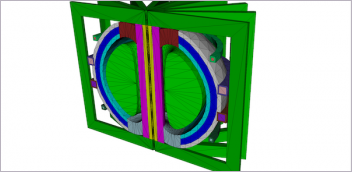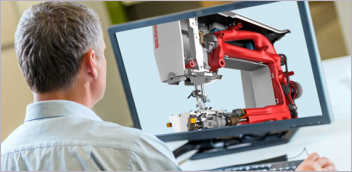
September 5, 2022
The transportation sector is realizing that fossil fuels may not be the ideal way to power vehicles when we care about more than just getting from point A to point B. Not all electricity is created equal, as some sources of energy are cleaner and more renewable than others. That said, regardless of fuel source, controlling emissions and environmental impact of power generation is much more easily accomplished at a point source than at the end user, where it is expensive and challenging to police compliance at scale. Electric mobility promises to help us centralize much of the power production and emissions management so that we can achieve higher efficiencies and lower emissions, thereby improving our prospects for a sustainable future. With the advent of new battery technologies offering greater energy density and reliability, complemented by more efficient and reliable motors, we are seeing a dramatic uptick in the adoption of eMobility technologies. And, with this increased demand and interest in electrification, capitalism can kick in and companies can innovate to capture share and establish a strong position in the growing EV segment.
It is not widely appreciated, but Henry Ford and Thomas Edison almost set us off on a different course. Dating back to the early 1900s when the automotive industry was evolving rapidly, the debate between electric and gasoline power was heated. While EVs were prototyped, one of the major and familiar challenges at the time was energy storage. The battery technology available at the time simply could not compete with the stable and plentiful chemical energy available in gasoline. More than 100 years later, we are revisiting EV applications with vigour, now armed with battery technology that largely overcomes the challenges of old. Companies like Toyota have taken risks to set the bar for hybrid and fully-electric vehicles, even before demand was well established, and new start-ups like Tesla are capitalizing on progress made by well established brands and spurring even greater innovation through competition. Of course, this market dynamic is not limited to passenger vehicles, and can be witnessed in commercial trucking, mining, agriculture, and other important economic sectors.
Download this E-book to learn more.
Fill out the information below to download the resource.
Latest News









